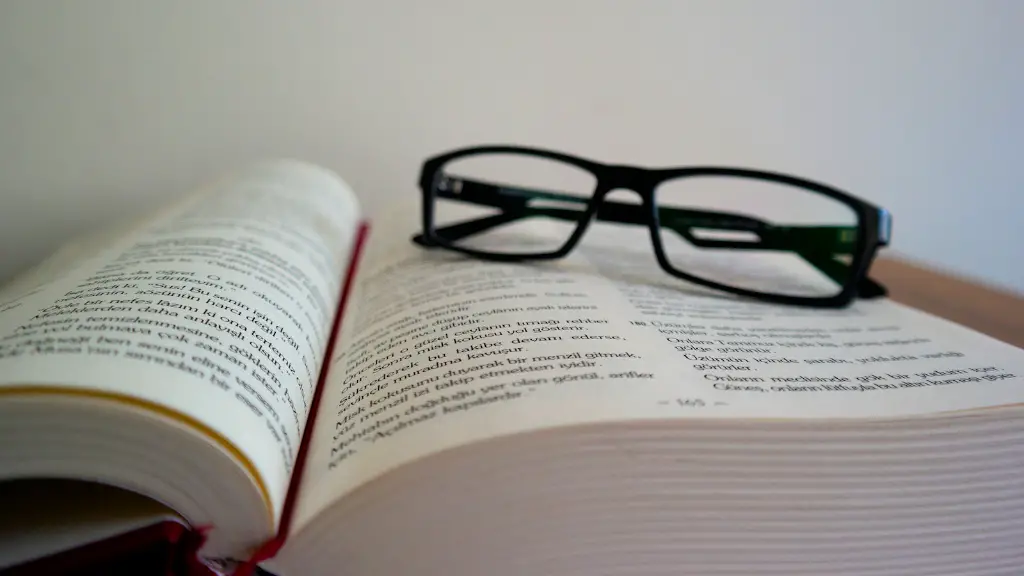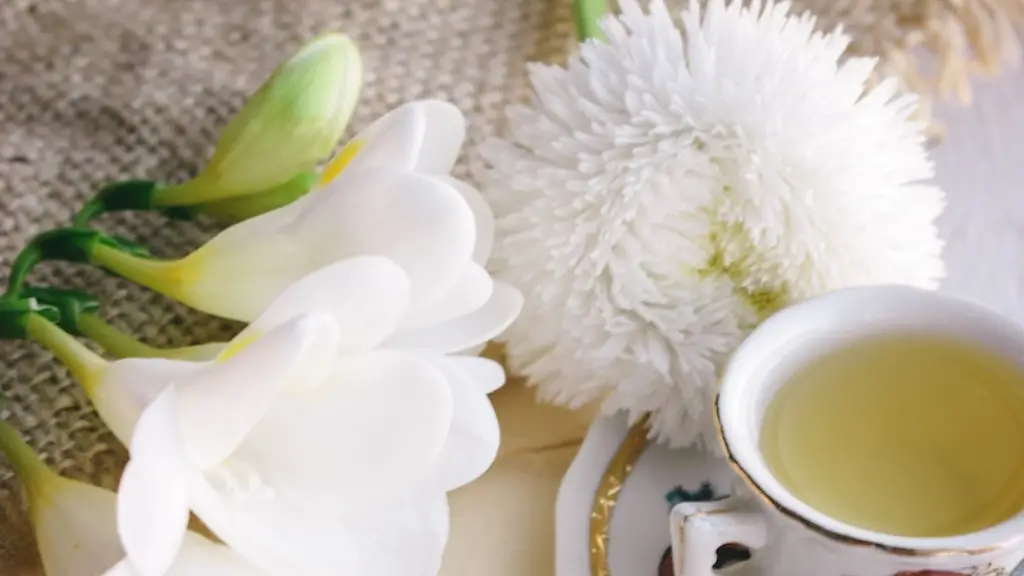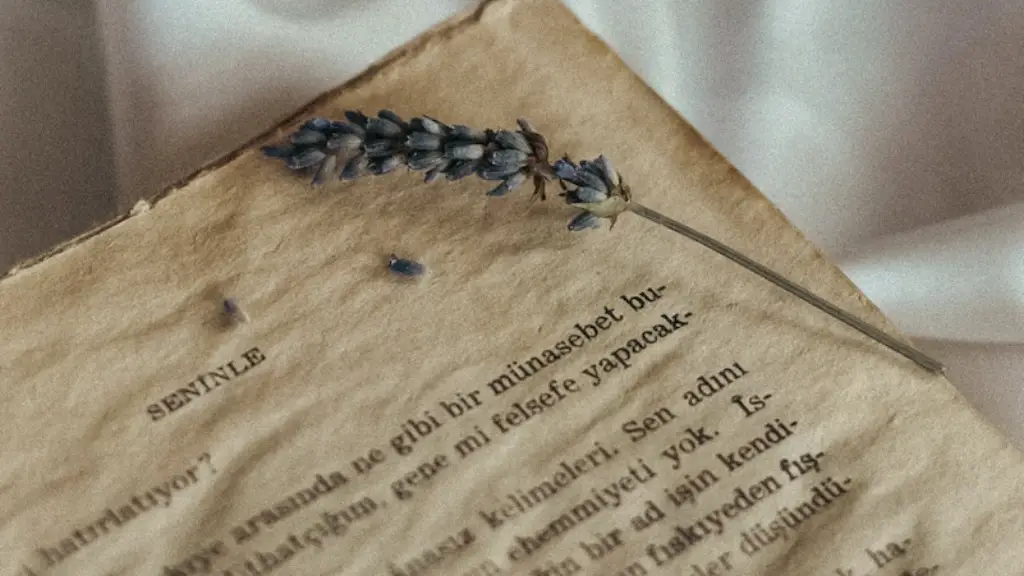Do you love poetry? Are you interested in its artful expression? Do you often struggle with how to count feet in poetry? If so, you are not alone. Many people are unsure about how to count feet in poetry, and understanding this fundamental element of the poetic form can help you become a better reader and writer.
Poetry typically divides each line into a certain number of beats, or feet. These feet are often pairs of syllables, and they can take on different styles, such as iambs, anapests, trochees, and dactyls. By understanding the pattern of these feet within a poem, you can observe the overall rhythm of the poem, as well as its form and structure.
Educators suggest that counting feet in a poem is like counting beats in a song. Each numbered foot serves as a unit of rhythm, and the poem can be broken down into these units for easier analysis. To count feet in a poem, you must first identify which type of metrical foot is used.
Experts suggest that the most common feet in English poetry are iambs, anapests, and trochees. Iambs have two syllables and are unstressed followed by stressed syllables. Anapests use two unstressed syllables and one stressed syllable while trochees have one stressed syllable followed by one unstressed syllable. The rhythm of a line changes when the pattern of stressed and unstressed syllables changes, and counting feet can help a reader understand how this change affects the poem.
Once you have identified the metrical feet, the next step is to count them. This is done by counting each foot as a unit, beginning with the first syllable of the line and ending with the last syllable. As you count, make sure to note any changes in the pattern of stressed and unstressed syllables. For instance, you may notice that a line that begins with four iambs may end with two trochees.
In addition to counting feet in a poem, you can also notice other subtleties in the poem such as the rhyme scheme and the use of alliteration. By focusing on these elements, you can gain deeper insights into the poem and appreciate it on a higher level.
Understanding Rhyme, Alliteration and Metaphor
When reading a poem, learning to understand and utilise the tools of rhyme, alliteration and metaphor can help to bring the key themes and ideas to the fore. Rhyme is the repetition of similar sounds within a poem, and can help to provide structure and give a pleasant rhythm to the piece. Alliteration is the repetition of one sound, usually the first sound of a word, and can flavour the poem and give it a more vivid feel. Metaphor is a comparison without using the words ‘like’ or ‘as’, for instance ‘The rivers ran with molten steel’, instead of ‘The rivers ran like molten steel.’ All three of these techniques can help to bring the key points of a poem to life and get it stuck in the reader’s minds.
Poetry Through The Ages
The use of poetry goes back to time immemorial, when stories of gods, heroes and everyday life were scrawled onto papyrus and inscribed in stone. Poetry has been used to document civilisations, venerate leaders and protest against the powers that be. Over time, the form has evolved and adapted, taking on new shapes and styles with various innovations and developments. From the dawn of civilisation to the golden age of Hollywood, poetry has been the voice of the people and continues to shape culture and history.
Types Of Poetry
Different types of poetry have been adopted and adapted over the centuries, from sonnets to haikus, villanelles to sestinas, epic to lyric poetry. Each type has its own charms and each poet has their own method of expression. Whether it’s the musical flow of a sonnet, the intense imagery of a villanelle, the ancient wisdom of an epic or the simple elegance of a haiku, each type of poetry can help shape our understanding of the world around us and bring joy to our lives.
Writing Poetry
Writing poetry can be one of the most enjoyable and fulfilling experiences, allowing writers to express feelings, experiences and observations that would otherwise be difficult to put into words. The challenge of writing a poem in a particular form or style can be invigorating and inspiring, while maintaining focused and exploring new depths of emotions to tackle the challenge before you. Even if you’ve never written a poem before, you can find a form that speaks to you and explore the world of creative writing.
Appreciating Poetry
Reading and appreciating poetry can be just as rewarding as writing it, as you can explore the beauty and complexity of the poet’s words and attempt to unravel the mysteries of their meaning. Each poem has something to teach us, be it an emotional connection, a greater understanding of the world, or a new way of looking at things. By reading poetry and learning how to count feet, you can become an even better reader, unlocking the mysteries of the poet’s word and the hidden meanings that lurk within the metre and structure of the piece.


